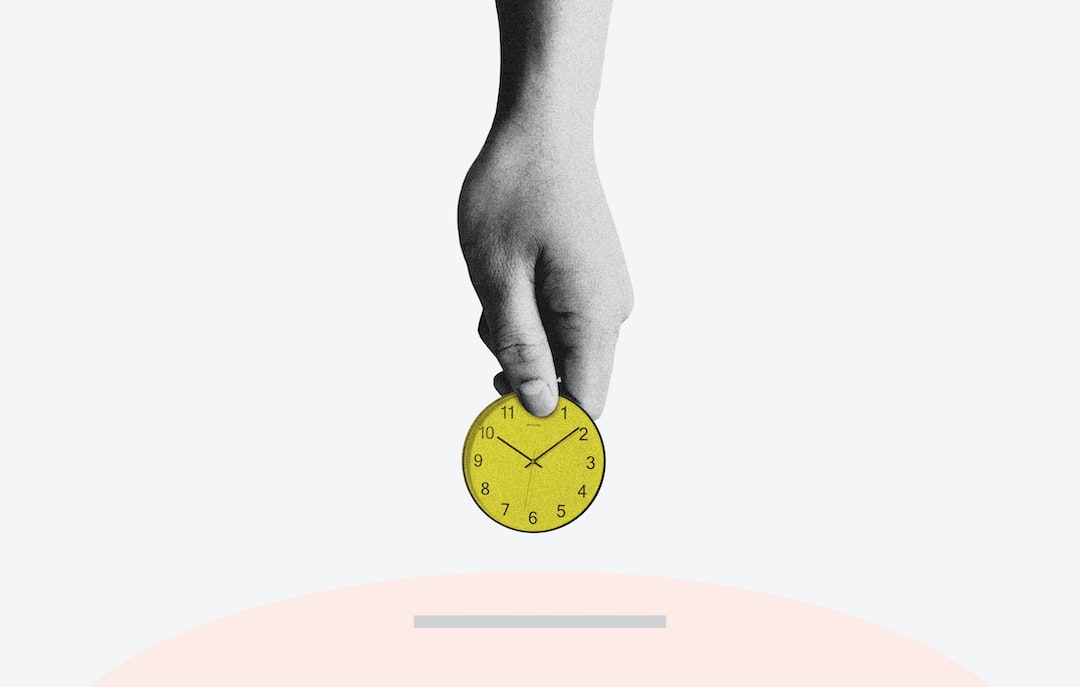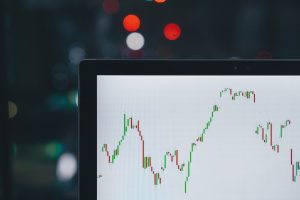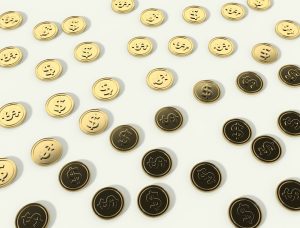Forex trading is a fast-paced and dynamic market, where traders buy and sell currencies with the aim of making profits. One of the critical aspects of forex trading is the ability to place and execute orders quickly and efficiently. The speed at which a forex order is filled can determine the success or failure of a trade. In this article, we will explore the factors that affect the duration of forex orders and how long it takes for a forex order to be filled.
What is a Forex Order?
A forex order is a request made by a trader to a broker to execute a trade. It is a command to buy or sell a currency pair at a specific price, quantity, and time. Forex orders are essential tools for traders to enter or exit the market at the right time and price. There are several types of forex orders, including market orders, limit orders, stop orders, and trailing stop orders.
Factors Affecting the Duration of Forex Orders
The duration of a forex order depends on several factors, including market liquidity, volatility, trading volume, and order type. Below are the key factors that influence the time it takes for a forex order to be filled.
Market Liquidity
Market liquidity refers to the ease at which assets can be bought or sold without affecting their prices. In the forex market, liquidity is determined by the trading volume of the currency pairs. Highly liquid currency pairs such as EUR/USD, USD/JPY, and GBP/USD have a high trading volume, which means that orders can be filled quickly. On the other hand, low liquidity currency pairs have a low trading volume, which can lead to delays in filling orders.
Volatility
Volatility refers to the degree of price fluctuations in the market. High volatility means that prices are changing rapidly, while low volatility means that prices are stable. During high volatility periods, orders may take longer to fill, as the market is moving quickly, and the broker may have to find a suitable buyer or seller. In contrast, during low volatility periods, orders can be filled quickly.
Trading Volume
Trading volume refers to the total number of trades executed in the market. High trading volume means that there are many buyers and sellers in the market, which can lead to faster order execution. In contrast, low trading volume can result in delays in filling orders.
Order Type
The type of order also affects the duration of forex orders. Market orders are executed immediately at the current market price, while limit orders are executed at a specific price or better. Stop orders are executed when the market reaches a specific price level, while trailing stop orders are executed when the market moves in the trader’s favor.
How Long Does a Forex Order Take to Fill?
The time it takes for a forex order to be filled depends on the factors discussed above. In general, market orders are filled immediately, as they are executed at the current market price. Limit orders may take longer to fill, as the broker has to find a buyer or seller at the specified price. Stop orders may also take longer to fill, as they are executed when the market reaches a specific price level. Trailing stop orders can take longer to fill, as the broker has to monitor the market to find the best price to execute the order.
Conclusion
Forex trading is a fast-paced and dynamic market, where traders buy and sell currencies to make profits. The duration of forex orders depends on several factors, including market liquidity, volatility, trading volume, and order type. Market orders are filled immediately, while limit orders, stop orders, and trailing stop orders may take longer to fill. Traders should consider these factors when placing orders and choose the best order type that suits their trading strategy.





